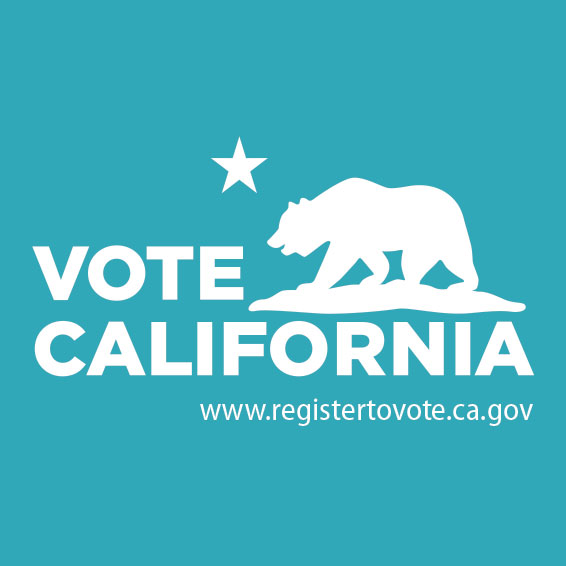Phase 2 - Gather and Analyze Organizational Workforce Data
This phase provides a data-driven foundation for the workforce plan including analysis of staffing and competency gaps.
Steps
- Identify Competency Models
Work with executive leaders to define or update competency models for the organization. The CalHR Core and Leadership Competency Models are widely used by state organizations as they provide a robust framework with behavioral indicators at levels from novice to expert for each competency. State organizations are encouraged to use these models but are also able to create their own. The organization’s competency models are required to be included in the workforce plan and used in identifying competency gaps. - Assess Current Workforce Supply
Analyze the current workforce, including staffing levels, demographics, and competencies. Review all available workforce data showing staffing patterns in the organization such as turnover, retirement risk (including retirement age and length of service), vacancy, underutilization, etc. Assess competencies using tools like a readiness assessment or development plan. - Analyze Current and Future Workforce Needs
Analyze the data from Phase 1 along with the workforce supply to identify trends and anticipated challenges. Review any additional workforce data sources such as employee surveys (e.g. onboarding, employee engagement, exit, etc.) to identify workforce challenges and priorities.Gather input from program leaders on critical positions and future staffing needs. Work with leaders to identify the organization’s key positions that should be prioritized for workforce planning strategies. This information is also key for succession management.
Get leaders’ input about their staffing needs and what changes they anticipate. Consider what strategies they have tried or are interested in for their program area. Make note of themes across programs and challenges that impact the organization’s strategic goals.
- Analyze and Prioritize Gaps
Compare current workforce supply to future demand, identifying discrepancies in both staffing and competencies. This analysis will highlight critical gaps and inform strategy development. Work with leaders to prioritize the most critical gaps to address in the workforce plan. The workforce plan must show clearly what the gaps are and how the gaps were identified.
Feedback Survey
You are leaving this website
You are now leaving this website and being directed to the specific California government resource or website that you have requested. CalHR accepts no responsibility for the content or accessibility of external websites or external documents linked to on this website.



